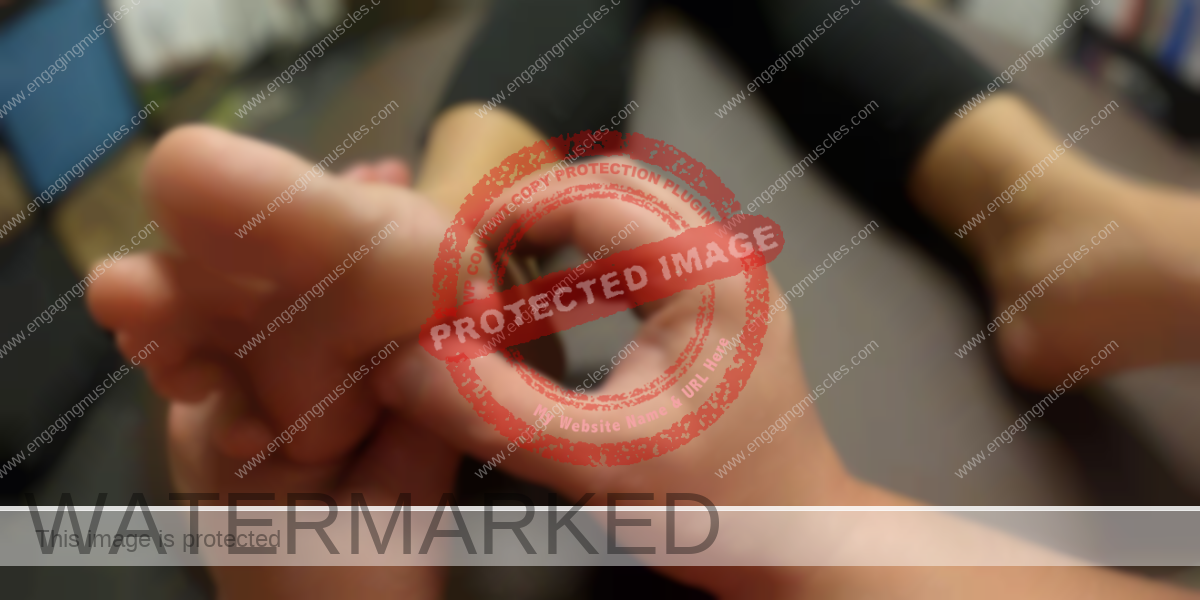Question: What type of massage is best for lower back pain?
Before you schedule a massage to alleviate low back pain (LBP), remember that the feel-good feelings won’t last longer than a day.
When you go to a licensed massage therapist to alleviate back pain, in most cases, they will use massage techniques designed to release muscles. They may also incorporate stretching.Contrary to popular belief, stretching, foam rolling, rolling on a lacrosse ball, and releasing muscles with hands-on massage techniques increase instability and compensation.
So that you know, compensation is cumulative. (emphasis added)
If you have the mindset to do everything you possibly can to avoid low back surgery, reading this post will provide you with better information to work with.
In most cases, an unstable pelvis and instability at the spinal joints are the reason for muscle tightness and lumbar pain (a.k.a. lumbago).
Although low back stretches and releasing muscles with hands-on massage techniques can feel good at the time, your brain is hard-wired to call upon tight muscles to protect your lower back.
When licensed massage therapists release muscles, they increase mobility (joints) and flexibility (muscles). And the increased mobility and flexibility don’t hold.And there’s a reason your muscles consistently go back to being tight. First, muscle tightness is a symptom (and a sensation). Second, when licensed practitioners apply a stretch or release muscles, they are going up against the ways in which your brain has figured out how to protect you from yourself.
When you get a massage that requires lying on your back, can you do it without feeling pain and tightness throughout your lower back?
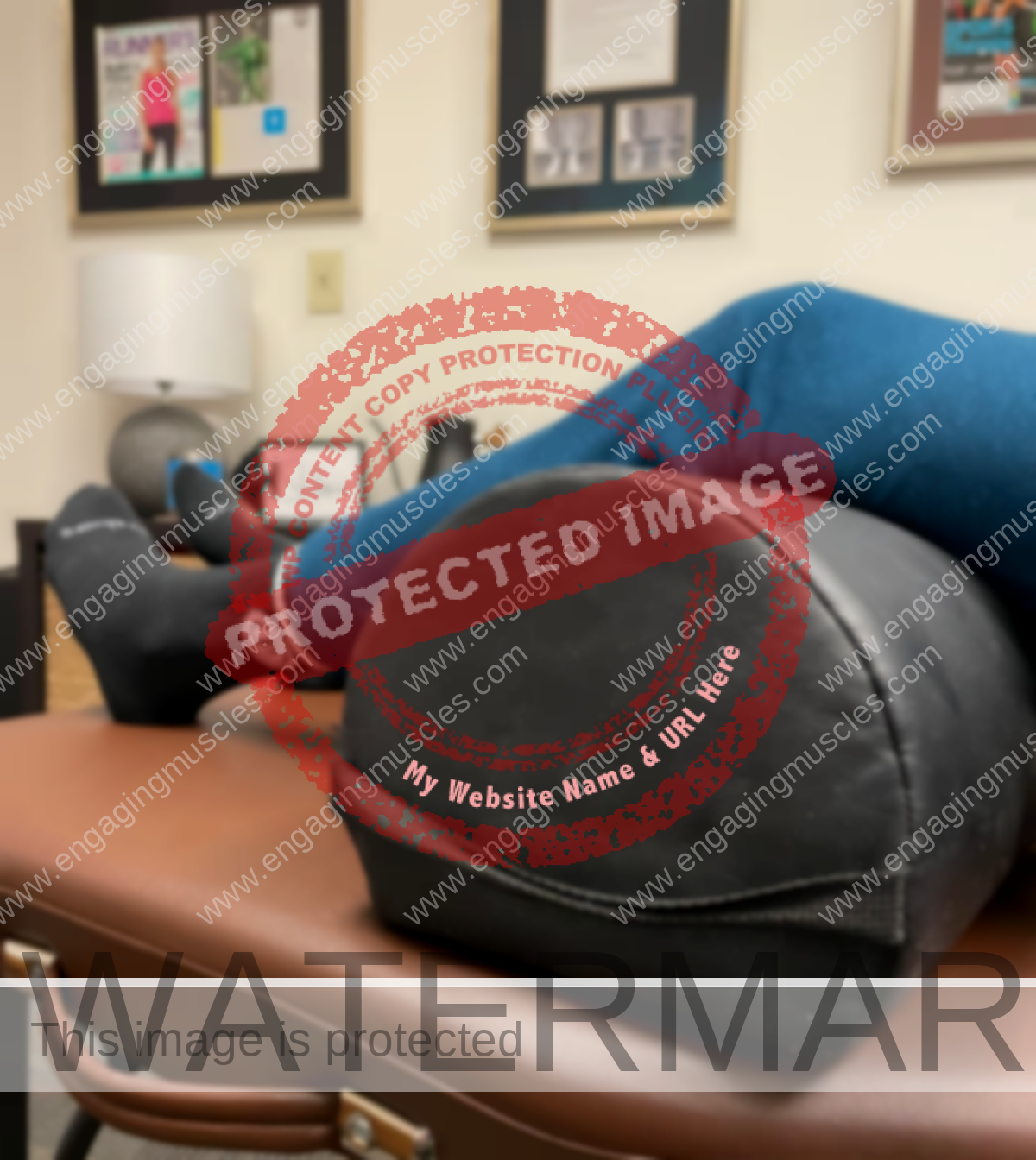
If you answered yes, the massage therapist puts a bolster underneath your knees.
So why is it uncomfortable to lie on your back without a bolster propping your knees?
Answer: Close to seventy-five percent of your muscles attach to your pelvis. When muscles that attach to the pelvis aren’t pulling their weight, and there’s instability at your spinal joints, your brain will prevent your spine from extending (a.k.a. arching). When you lie on your back without knowing it, your brain also prevents your pelvis from flexing (aka an anterior pelvic tilt).
After muscles are released with massage techniques (that can feel good at the time), your brain evaluates how much stability is present at the spinal joints that are suddenly more mobile.
Since releasing muscles and stretching don’t allow for stability throughout the new available motion at your spinal joints, muscles will return to being tight all over again, rinse, repeat.
Like so much of what our brains are up to, it happens without our knowledge or consent.
— Melanie Warner, The Magic Feather Effect (affiliate)
Although you may not have a frame of reference for this, there was a time when you could get a massage without a bolster under your knees. If you can’t recall a time when you could lie on your back without a bolster, it’s probably because the message was not something you did back then.
While you may not describe yourself as someone who regularly experiences lower back pain, your inability to lie on your back without a bolster is a clue that muscles aren’t playing their role to the best of their ability.
Unfortunately, most practitioners licensed to work with the musculoskeletal system don’t know how to figure out how your body is compensating differently than the ten people on the treatment table before you.Year after year, Americans spend well over a hundred billion dollars on lower back pain.
Sadly, that dollar amount will continue to climb until experts who work with the musculoskeletal system stop repeating the pattern of chasing pain and addressing symptoms.
Because of how debilitating back pain can be, I can see how stretching, rolling on a lacrosse ball, and releasing muscles with hands-on massage techniques can seem like doing something is better than doing nothing.
I have been there myself. My experience with low back pain was one of the reasons I chose a career as a licensed massage therapist.And for twenty years, I have avoided doing what’s popular. In other words, instead of recommending stretches, one-size-fits-all exercises, and releasing muscles, I have spent thousands of hours applying a massage technique that increases stability, mobility, and flexibility.
(Priorities)
When you get a massage for lower back pain, and the massage technique increases stability, you end up with more mobility and flexibility that does hold.
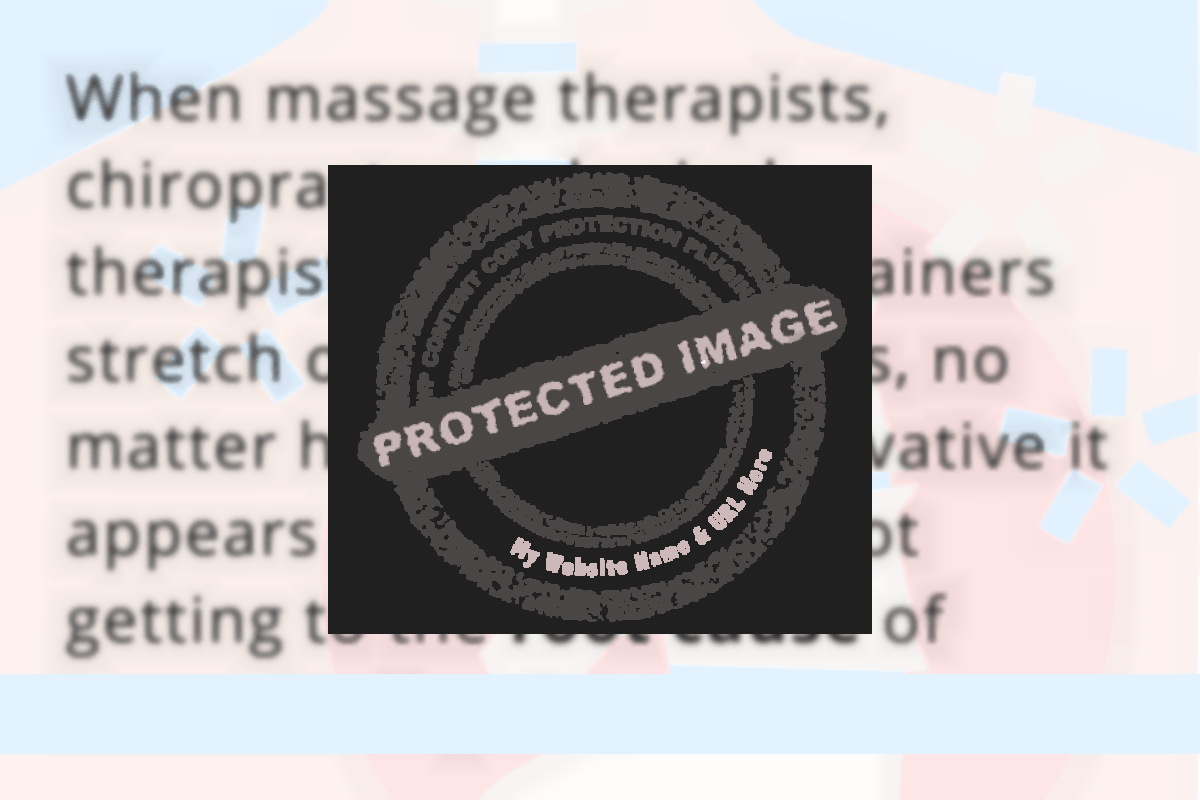
What are the best types of massage for lower back pain?
The short answer is it’s more about the massage technique than the type of massage.
Instead of settling for a massage that addresses ‘knots’ and tight muscles, you would be better off getting a deep tissue massage that increases stability throughout your trunk and spine.
When muscles can provide stability and control motion, they serve as your spinal discs’ first line of defense against an injury. Then the tight muscles relax.While it’s rarely acknowledged, the truth is physical therapists rarely recommend exercises that increase stability. (no exaggeration)
If we are honest, the cookie-cutter stretches, and one-size-fits-all exercises regularly recommended in physical therapy are increasing compensation.
Since physical therapy is usually the last stop before resorting to a surgical procedure, the case could be made that many neck and back surgeries could be avoided.
jump to the moral of the story on what massage technique is best for lower back pain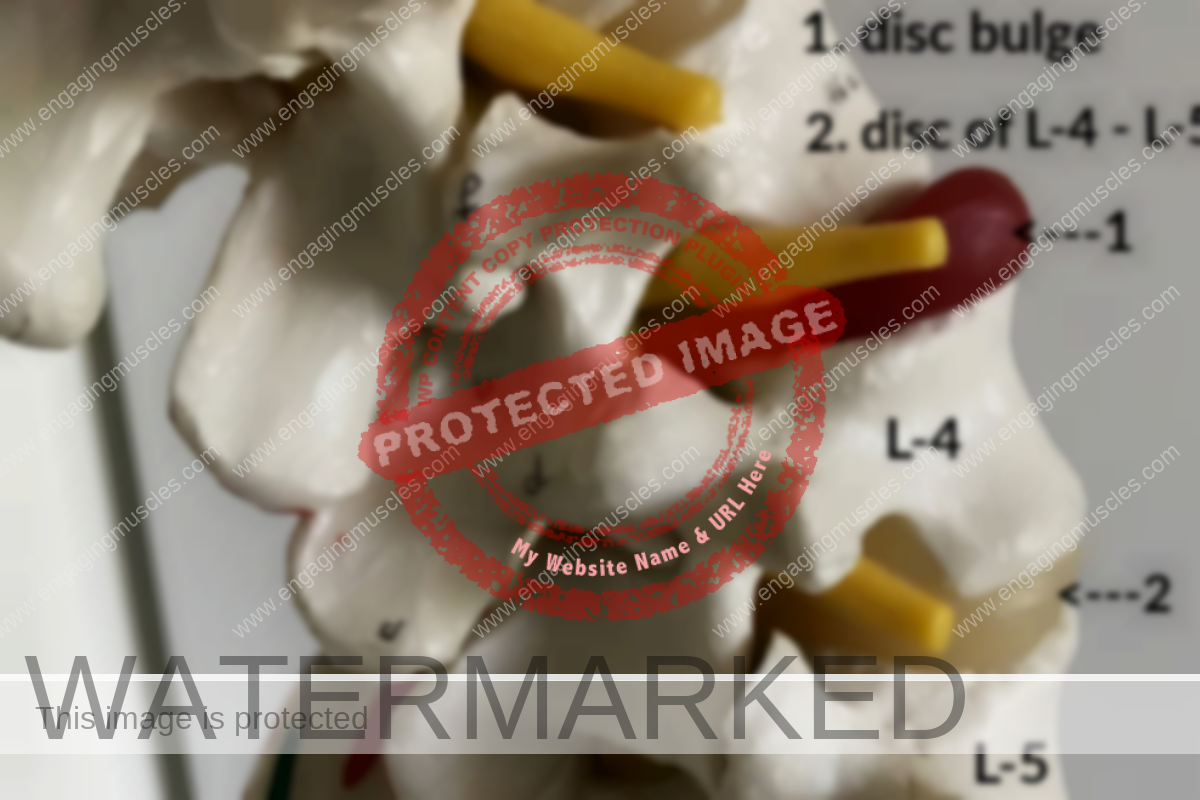
Because the best approach to increase the stability of your pelvis and spinal joints isn’t taught in most college programs, most practitioners who work with the musculoskeletal system need to gain the skill stack and experience to differentiate a tight muscle from one that’s underperforming.
Interestingly, despite chiropractors and physical therapists having philosophical differences and opinions on what’s best for lower back pain, both are chasing pain and addressing symptoms at the end of the day. And, of course, not getting to the root cause of lower back pain.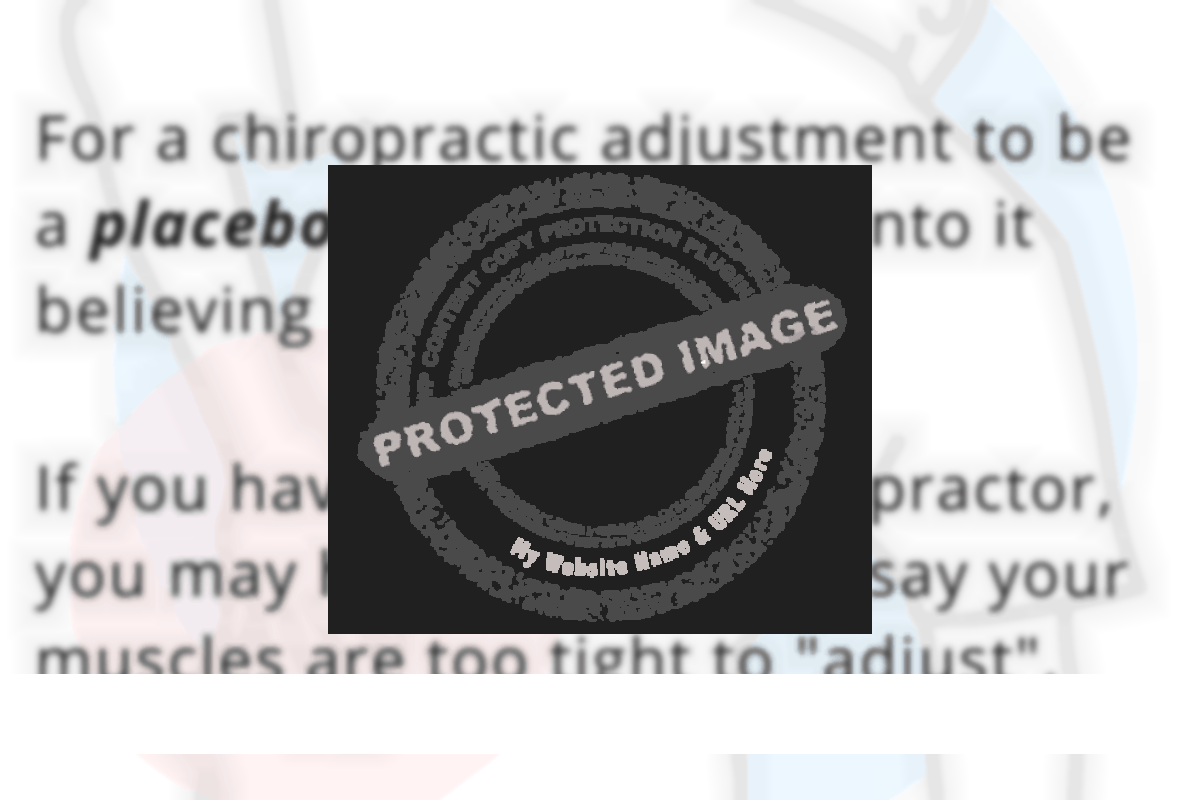
You can stop addressing symptoms now that you know why your muscles are tight.
Before you read further, remember it’s possible to have tight muscles and not feel them. Because your brain is always trying to protect you from an injury, there are times when it figures out a workaround that doesn’t have you feeling the same tight muscles.
Suppose you are reading this because you are considering massage therapy for lower back pain. In that case, you want to walk away from the massage table with more mobility, flexibility, and, most importantly—-stability.
(Principles)If you agree with the theory that gravity is constantly pulling down, apply what you know about the law of gravity to posture.
Can you see that stretching and releasing muscles is not improving your muscles’ ability to pull your spinal column against the constant downward pull of gravity?
Before you get another massage that involves stretching and releasing muscles, recognize that gravity is winning, and your muscles are losing.
Along the same line, for years, experts have said all running-related injuries come down to the foot being on the ground too long. Then they recommend stretching, foam rolling, and releasing muscles with some version of deep tissue massage.What you just read only applies to runners. When your feet are left to function with more mobility and flexibility without stability, they are less responsive to the punches that the ground delivers on every step.
So rather than walking away from stretching, foam rolling, and releasing muscles with feet that are prepared to deal with the demands of walking or standing, your feet are forced to take on more of the load.
If what you just read made you think about plantar fasciitis, you’re catching what I’m throwing down.
Here’s what we know without a doubt:
-
- Chronic and acute lower back pain is an output of our brains. So if you need to get up to speed on pain science, here are six more things you can learn.
- Lucky for us, our brains are plastic. With the right inputs, your brain can rewire itself via neuroplasticity. To put what you just read into perspective, without brain plasticity, you would not be able to recover from an injury.
- Circling back to what I mentioned at the beginning, increasing stability is the best approach to addressing low back pain.
History has shown us that:
-
- The vast majority of licensed practitioners don’t have the tools to know whether a muscle is tight or underperforming. And yet, they regularly assume a muscle is tight. For example, if you have been told that you have piriformis syndrome, stretches are recommended. And as I mentioned earlier, in most cases, the piriformis muscle is underperforming. If this were the case, you are stretching a piriformis that feels tight, but it’s the opposite of tight—-it’s underperforming. So for all the stretching and one-size-fits-all clamshells you have done, you are not performing better than before you experienced the pain.
- Close to sixty percent of Americans over sixty and twenty percent under sixty have at least one bulging spinal disc. You can have a bulging disc and not know that it’s there. If you don’t experience neck or low back pain (an output of our brains), you may get an MRI. So it’s likely that the number of people with bulging discs is even bigger than estimated.
- Chasing neck and back pain with anything and everything that doesn’t appear to cause harm adds up to hundreds of billions of dollars annually. (That dollar amount isn’t a typo.) The details are here.
We also know that:
-
- You cannot have more mobility (joints) and flexibility (muscles) until your brain recognizes stability. And yet, ninety-nine percent of licensed massage therapists, chiropractors, athletic trainers, and physical therapists stretch and release muscles with tools and techniques that don’t improve the ability of your muscles to provide stability. We are talking about synovial joints that allow for mobility throughout your spine. Without stability, your brain protects your joints with tight muscles. So, of course, the tight muscles restricting your range of motion are a symptom of something bigger—-instability.
- The structure of a synovial joint determines its function. Case in point, you don’t have much trunk rotation due to the design of your L-4 – L-5 spinal joints. (see image above) Those synovial joints allow for less than three degrees of trunk rotation. Now imagine that your brain is protecting you from an injury, and you have half the possible motion at those spinal joints. That’s a recipe for an injury to a spinal disk and osteoarthritis (OA) or degenerative joint disease (DJD), as it is sometimes called.
In addition, they would stop the age-old practice of recommending one-size-fits-all exercises to everyone who walks through the door.
For example, planks don’t emphasize one muscle over any other muscle. So if you have abdominal muscles that are not providing stability to the best of their ability, performing a plank will not increase the strength of those muscles.
To remain antifragile as you age, keep your muscles performing to the best of their ability with a massage technique that allows for increased stability, mobility, and flexibility.
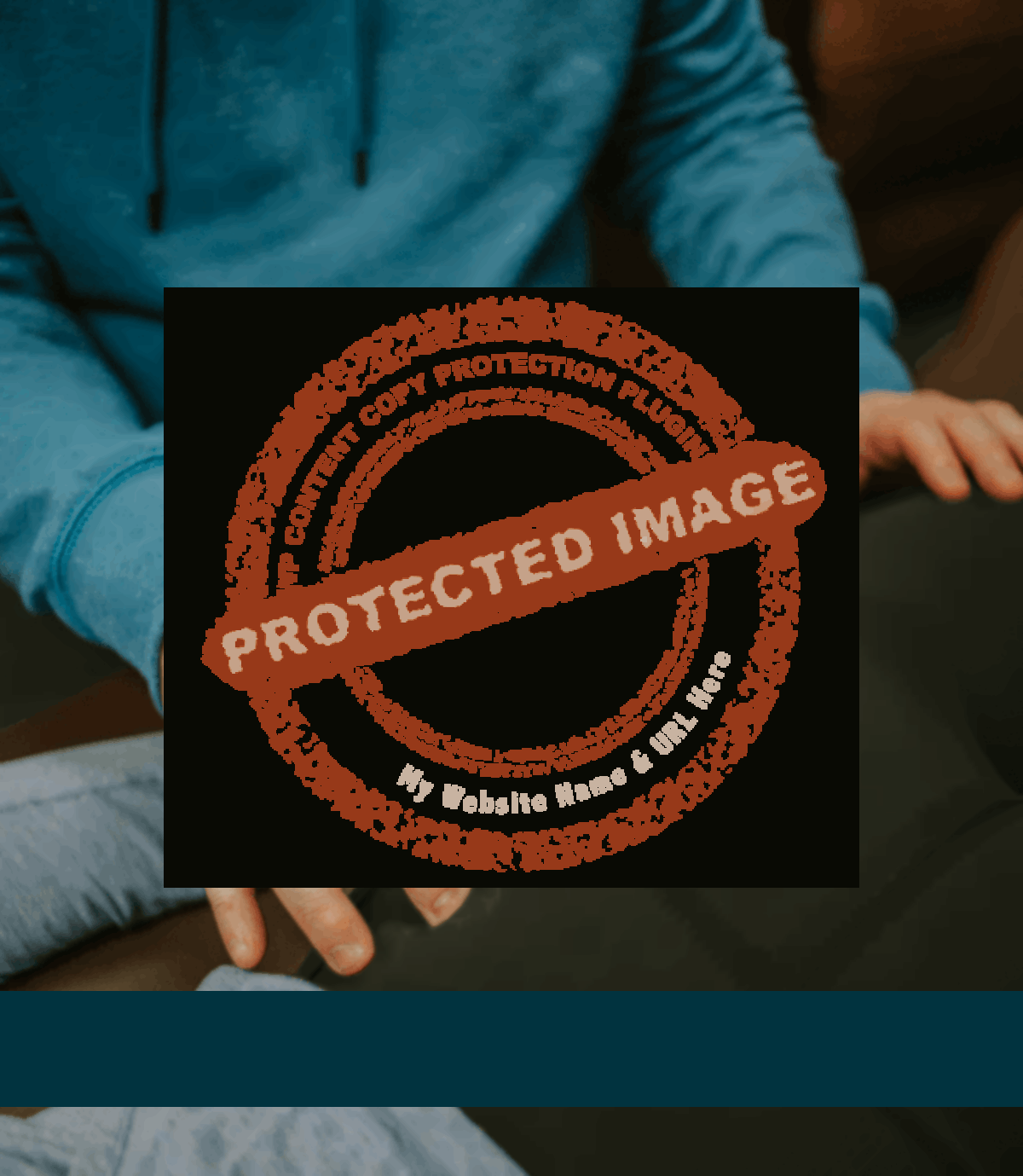
So, what type of massage is best for lower back pain?
Answer: A friction massage stroke applied to the tendinous attachments is what gets to the root cause of lower back pain.How it’s done:
-
-
-
- A licensed massage therapist positions their finger so that it’s perpendicular to the point of attachment
- From there, a licensed massage therapist compresses the tendinous attachments into the bone, ligament, and in some cases, a tendon that connects one muscle to another muscle.
- The licensed massage therapist applies a friction massage stroke to all the places the underperforming muscle attaches
-
When a licensed massage therapist does what it takes to increase stability at a world-class level, there’s a strong possibility that you will no longer experience lower back pain.
I Stopped Releasing The Piriformis with Deep Massage (This Is What I Do Now!)
[presto_player id=17850]Can’t get to Dallas? Get details on how you can work with me from home.
Thanks for taking the time to read this post! If you enjoyed this post, please subscribe to Engaging Muscles. You can also like Engaging Muscles on Facebook, subscribe to my YouTube Channel, or feel free to connect with me on Twitter @rickmerriam.
Some of the links I have shared with you are affiliate links. If you make a purchase using one of these links, I will receive a commission. The commission doesn’t cost you any more than what you would pay for these items on Amazon (as an example). As an Amazon Associate, I earn from qualifying purchases. When you use any of these paid links, you support the Engaging Muscles blog. That’s also the case with the Engaging Muscles podcast. This helps me to keep putting out valuable content.
-

